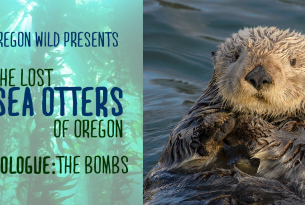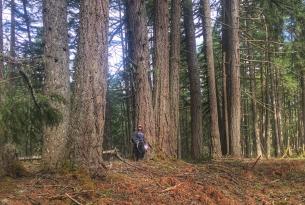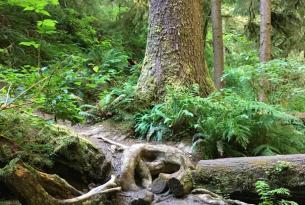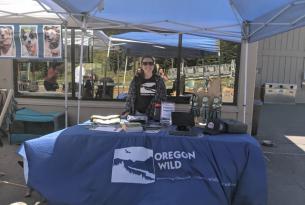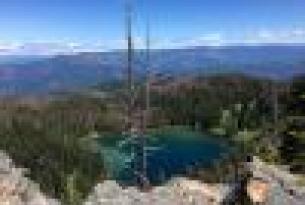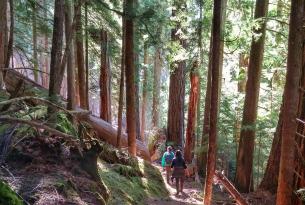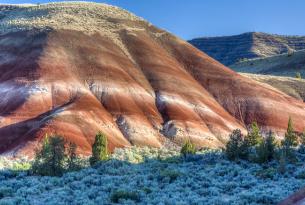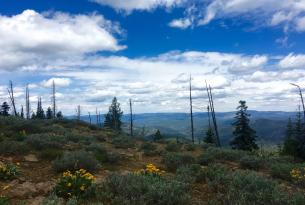Oregon's forests on (and from) the air
When a producer from CBS’s national Saturday morning show called the Oregon Wild office last month with some questions about ancient forests, logging practices, and proposed changes to environmental laws, our staff were happy to walk them through our perspective and a lot of background information. When they said they were coming to Oregon to do a story, we worked to set up a Lighthawk Flight over the northern Coast Range so they could see the big picture for themselves.

